Thousands of Kherson residents were literally in a race against time when the Kakhovka dam burst, causing floodwaters to rise rapidly and gradually submerge everything.
With shelling from fighting between Russian and Ukrainian forces still echoing overhead, civilians in the city of Kherson on the west bank of the Dnieper River scrambled onto trucks and makeshift wooden rafts on June 6 to evacuate. Below them, floodwaters rose by the minute as the Kakhovka Dam north of the city burst.
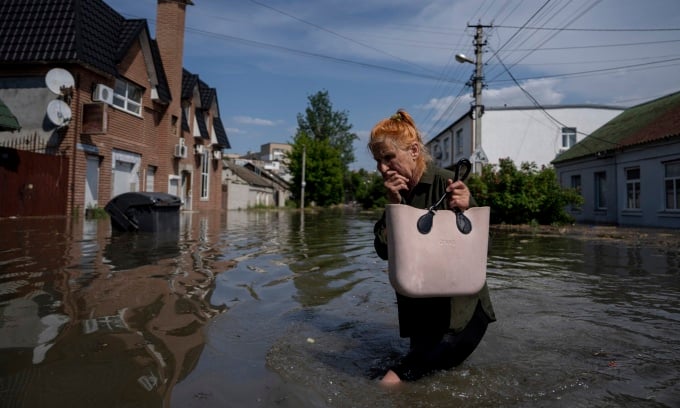
A woman wades through a flooded street in Kherson after the Kakhovka dam broke on June 6. Photo: AP
The barking of dogs left behind in their homes added to the distress of the evacuees. A woman on a raft held her daughter tightly as she trembled in fear. A broken-down military truck stuck in rising waters added to the panic, even as Red Cross volunteers tried to ensure an orderly evacuation.
No one knows how high the waters will rise from the Kakhovka Dam, or whether people and livestock will be able to escape. The evacuation is the latest example of the human turmoil caused by the Russia-Ukraine conflict that has lasted more than a year.
Oleksandr Prokudin, governor of Ukraine’s Kherson region, said that nearly 1,600 homes on the western bank of the Dnieper River had been submerged and that about 42,000 people were at risk from rising water levels. By June 7, Ukrainian authorities had evacuated 1,457 people along the river to cities such as Mykolaiv and Odesa in the west.
On the other side of the river, in the Russian-controlled part of the river, about 22,000 people live in areas at risk of being submerged. The Russian-appointed Kherson provincial government has declared a state of emergency, as 2,700 homes have been flooded and nearly 1,300 people have been evacuated to safety.
The devastation caused by the dam break on the lower reaches of the Dnieper River. Video : RusVesna
Nadejda Chernishova, 65, breathes a sigh of relief as she steps into a rubber dinghy that took her away from her flooded home in the city of Kherson.
"I'm not scared now, but when I was in the house I was really panicking," Chernishova said. "The water was coming from all directions and I didn't know where it was going."
Her home is located in one of the lowest districts of Kherson city, so it was not able to escape the flooding. "In the morning everything was normal, but then the water rose almost immediately," she said.
Chernishova left almost everything behind, taking only what she could salvage, including two suitcases and some of her most precious possessions.
“This is my beautiful cat Sonechka,” she said, lifting the lid of a small pet carrier containing a frightened animal. “She is very frightened. She is a house cat who has never been outside.”
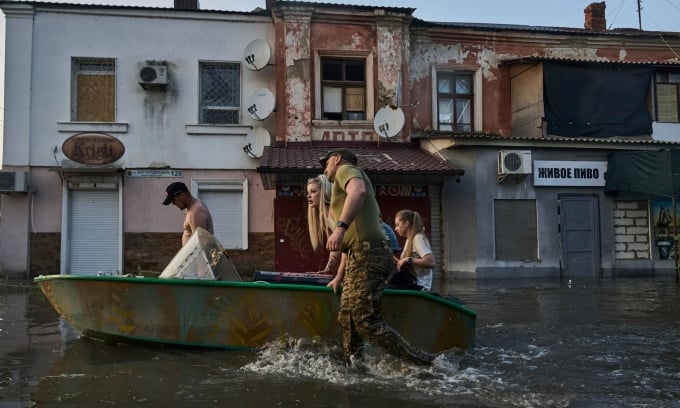
Rescue workers pull boats carrying residents evacuated from flooded areas in Kherson on June 6. Photo: AP
Chernishova was among the first group evacuated by Ukrainian authorities from the city of Kherson, as floodwaters began to surge through blocks of flats and inundate the city center, completely cutting off some areas.
Ukrainian President Volodymyr Zelensky said today that hundreds of thousands of people living on both sides of the Dnieper River lack clean water due to flooding. He declared that evacuation of residents and provision of clean water are the two top priorities now in Kherson.
Governor Prokudin, who has been overseeing rescue efforts in towns and cities downstream of the Dnieper River, said the operation was becoming increasingly difficult as floodwaters rose.
"In the morning we could evacuate with cars, then trucks, but now big cars can't get through anymore," he said. "The water is so high we have to use boats. About eight boats of all kinds are working at full capacity to take people out of the area."
A neighborhood in the center of Kherson was completely submerged in floodwaters in less than 60 minutes. The water level rose so high that it was visible to the naked eye.
“Everything is under water, furniture, fridge, food, everything,” 53-year-old resident Oskana described when asked about the state of her home in Kherson.
In areas where assistance has not yet arrived, people were forced to wade through knee-deep water to evacuate, carrying plastic bags to store their belongings or leaving small pets in strollers.
In frontline cities like Kherson, which are regularly shelled, rising waters pose an additional danger.
"In addition to floodwaters, mines are also a huge risk factor, because floodwaters carry floating mines that can explode at any time," Prokudin said. "But we will race against time, rescuers will not rest. We will change shifts and take people out of danger if necessary."
By June 7, the flood had peaked in the city of Nova Kakhovka at the foot of the dam, after submerging the area under 12 meters of water. The flood is expected to peak soon downstream and gradually recede.
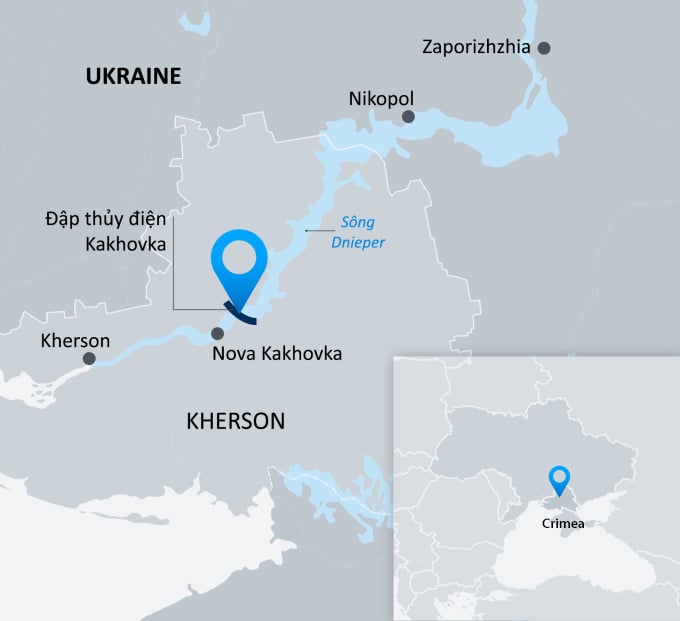
Location of the Kakhovka hydroelectric dam. Graphics: DW
Amidst the intermittent sound of artillery fire, the search and rescue operation continued urgently. The soldiers and rescue workers did not appear confused or panicked.
The Kakhovka Dam on the Dnieper River in the Russian-controlled Kherson region collapsed on June 6, releasing 18 billion cubic meters of water into towns and farmland downstream. Russia and Ukraine both said the Kakhovka Dam collapse was a deliberate attack and blamed each other.
While the Ukrainian government accused Russia of blowing up the Kakhovka dam to try to prevent it from launching a counter-offensive, Moscow said Kiev shelled the dam to cut off water supplies to the Crimean peninsula and distract public attention from the faltering major counter-offensive.
"The West's reaction in such situations is completely predictable. Their ultimate desire is to blame Russia for everything that happens, regardless of whether it really happened or was imagined. Their reaction will always be the same," Russian Foreign Ministry spokeswoman Maria Zakharova said on June 7.
As both sides blamed each other, many civilians in Kherson were left with nothing after suffering heavy losses in the fighting. “Everything has been drowned,” said Chernishova, as she loaded her suitcase and bag containing her cat, Sonechka, into the vehicle that would take her to the evacuation site.
Vu Hoang (According to CNN, AP, Guardian )
Source link


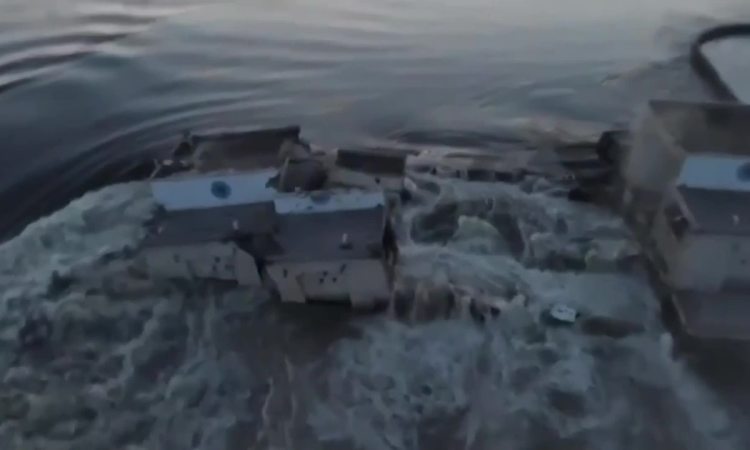
![[Photo] Hanoi morning of October 1: Prolonged flooding, people wade to work](https://vphoto.vietnam.vn/thumb/1200x675/vietnam/resource/IMAGE/2025/10/1/189be28938e3493fa26b2938efa2059e)



![[Photo] President of the Cuban National Assembly visits President Ho Chi Minh's Mausoleum](https://vphoto.vietnam.vn/thumb/1200x675/vietnam/resource/IMAGE/2025/10/1/39f1142310fc4dae9e3de4fcc9ac2ed0)
![[Photo] Keep your warehouse safe in all situations](https://vphoto.vietnam.vn/thumb/1200x675/vietnam/resource/IMAGE/2025/10/1/3eb4eceafe68497989865e7faa4e4d0e)
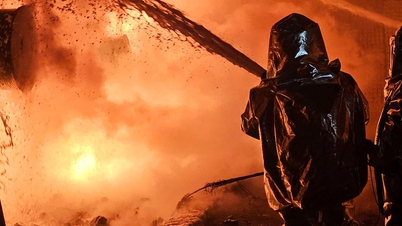



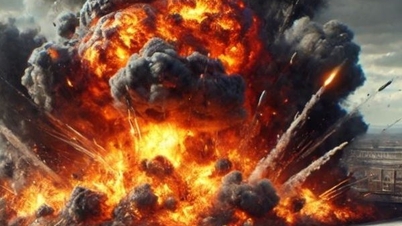












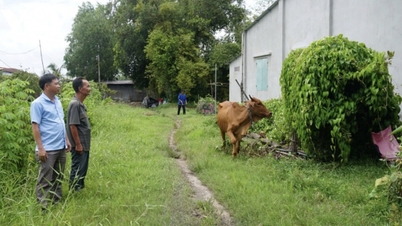















































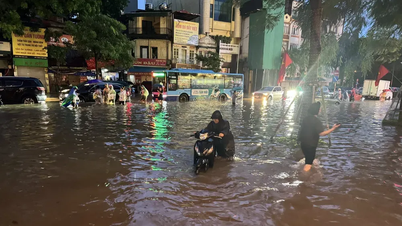

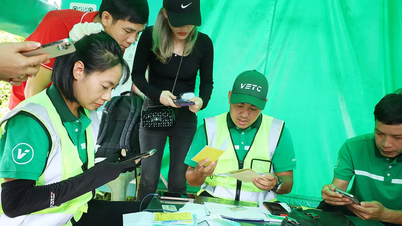


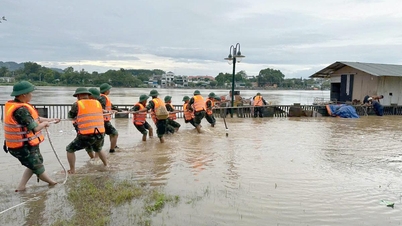


















Comment (0)